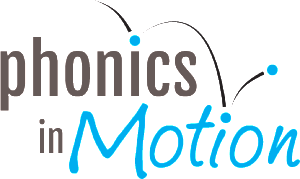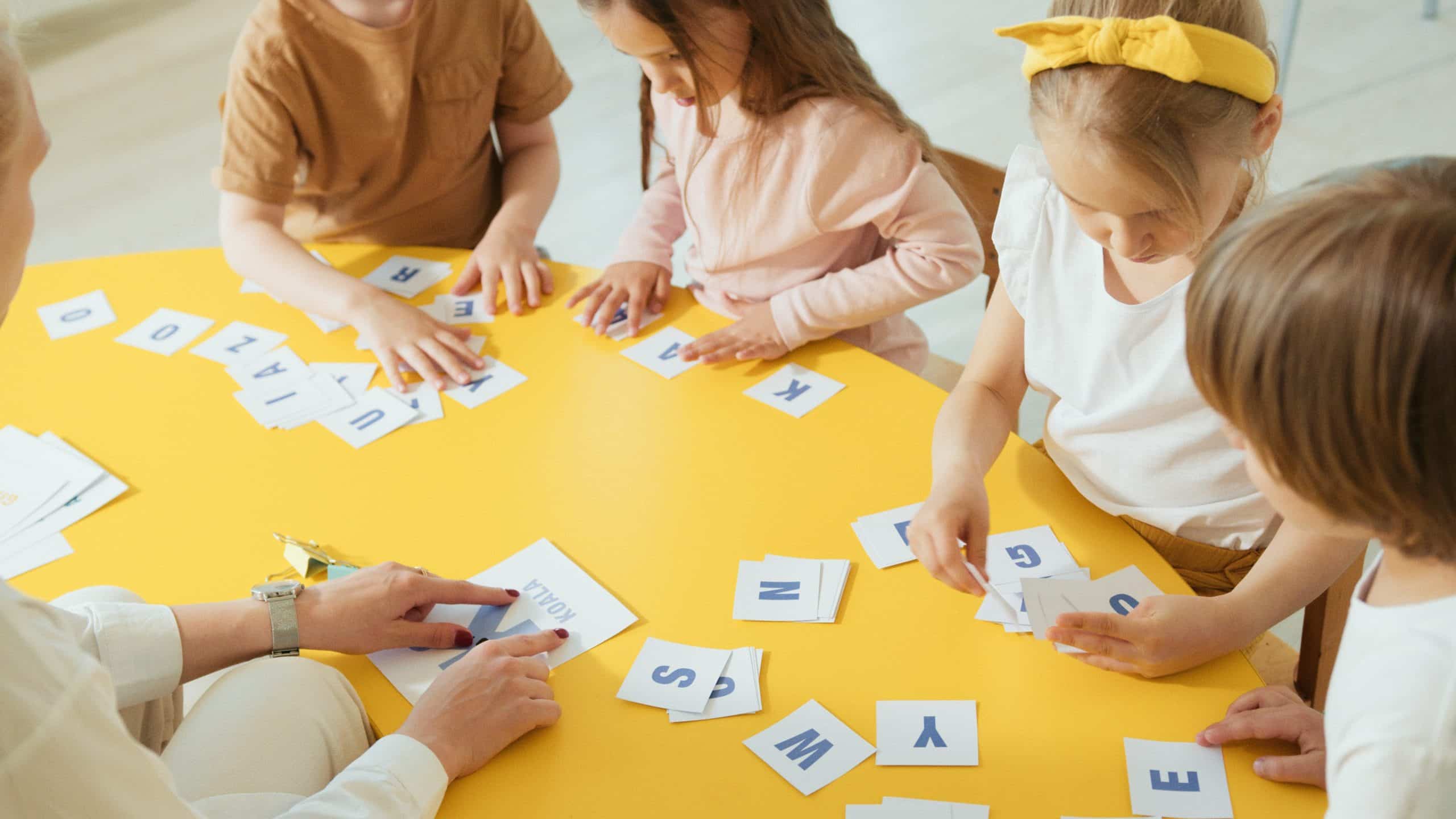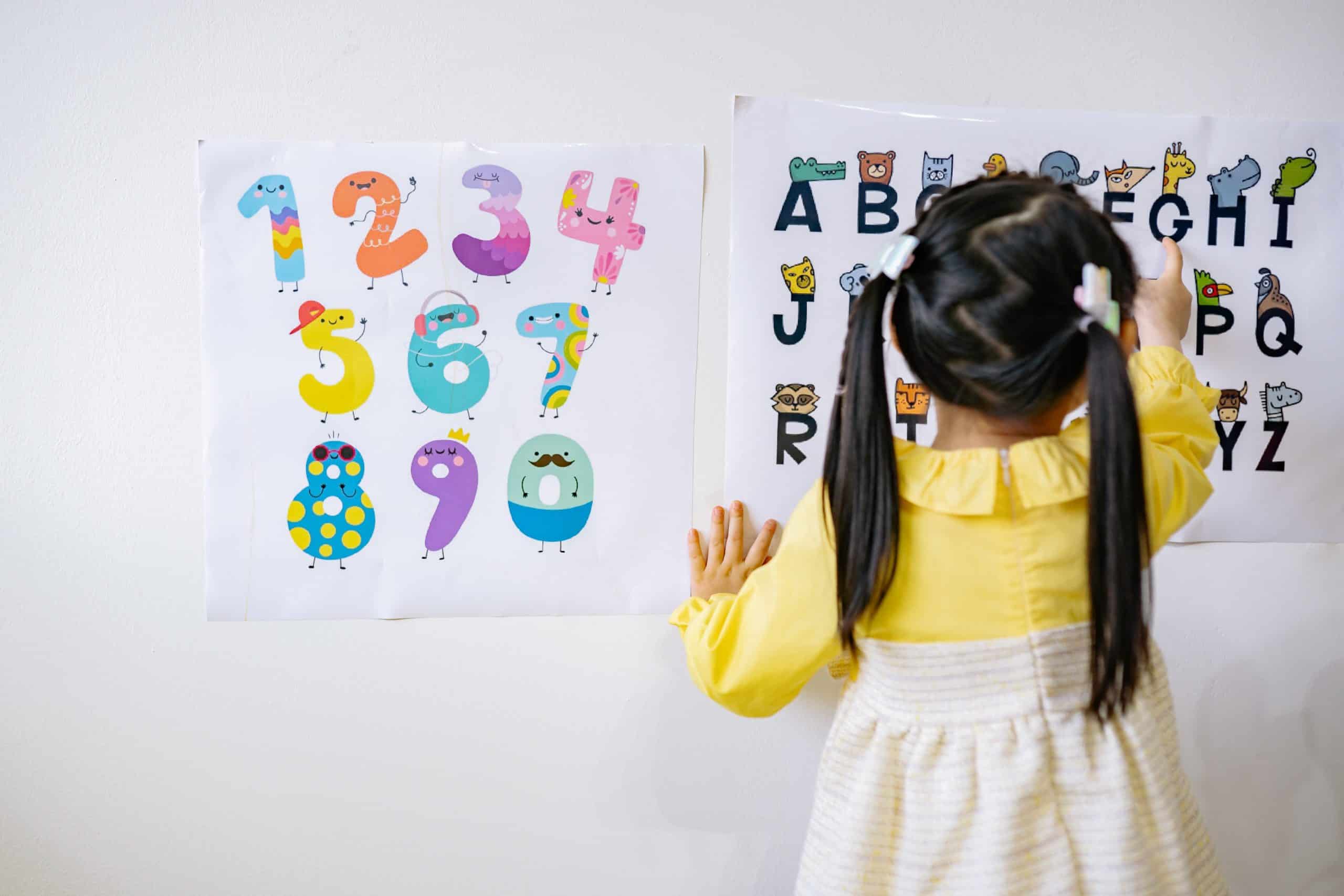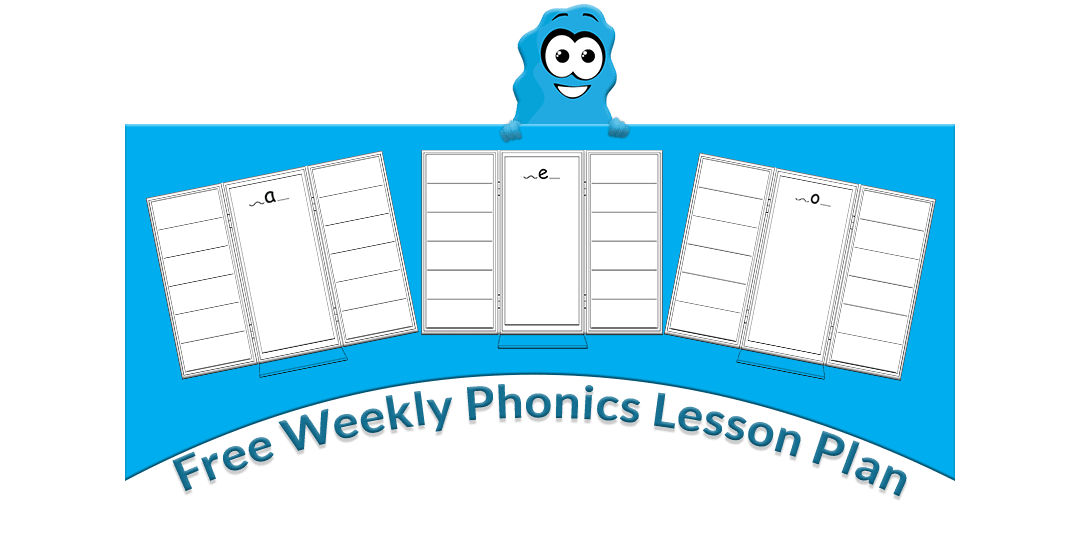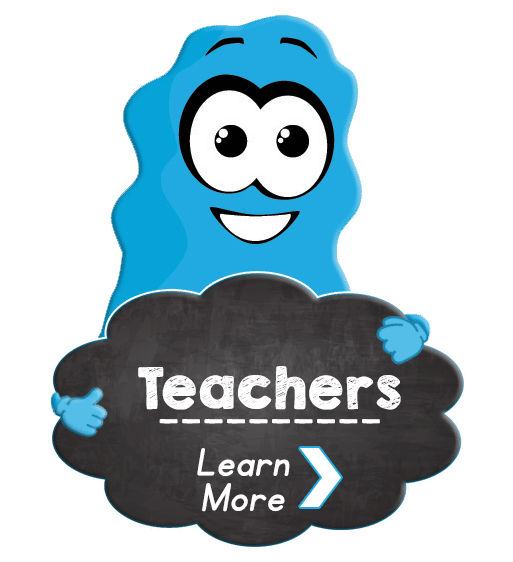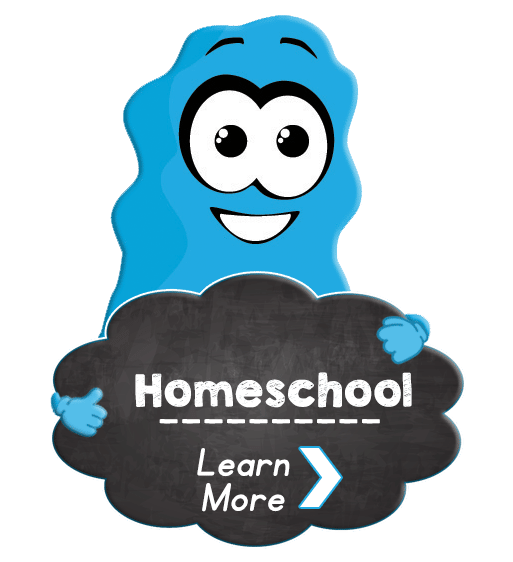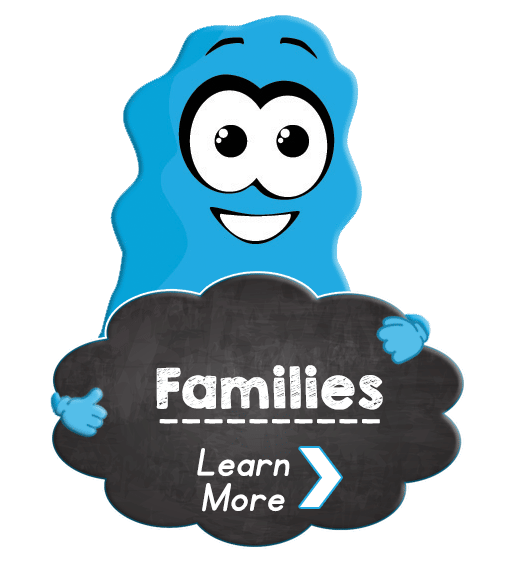Sounds and Letters: How Kids Learn To Read
One of the cornerstones in early education is teaching children to connect sounds with letters and letter combinations. Students need to know that sounds can change depending on how they are used. The knowledge of letters and the sounds they make will guide students through the reading process.
Reading starts with sounding out words and learning how letters form those sounds. After students have mastered this concept, they can begin to sound out words. Children will not be able to conquer reading skills if they do not understand this concept.
Telling students how reading works, i.e., what a word is and how it can be broken down into its parts (letters, sounds, and syllables), is only part of the battle. Students need real-world practice with reading words before they can understand how to put these ideas into practice.
Sound-to-Letter Correspondence: The Most Important Skill in Early Literacy Development.
Early literacy begins in the early grades, with children learning the names of letters and letter combinations, often through songs and games. Learning to read is a process that takes place over several years and involves both teachers and parents.
A child’s first experience with print comes when they begin attending school. When children start school, they need to be able to recognize the letters of the alphabet and associate each letter with its particular sound. As children learn to recognize more words, their vocabulary expands, and they begin to understand that print conveys meaning.
The ability to make this association is called sound-to-letter correspondence. Sound-to-letter correspondence refers to recognizing and associating sounds with letters and making those associations with printed words.
Primary learners are naturally curious about everything around them and will pick up objects, read the labels on cans or packages, or even play with the paper in their book bags. These experiences provide them with opportunities for learning about print and reading.
Letters vs. Sounds
In speech, words are made up of a set of sounds. When those sounds are put together in the right order, they make words. In writing, we break those same sounds up into letters and use them to represent words.
At first, the difference between letters and sounds seems fairly straightforward. Letters are symbols. Sounds are what we make when we pronounce those symbols.
Almost everyone knows that there are 26 letters in the alphabet. But do you know how many sounds those letters can make?
The short answer is 44 sounds, which include vowel and consonant sounds. There are more sounds than letters because sometimes, one letter makes more than one sound.
When you’re trying to figure out how to teach your kids to read, it’s good to know where they’re headed, so you can prepare them for the trip ahead.
The journey from sounds to letters is actually a bit more complicated than it seems at first glance. As they learn to read, kids need to understand that letters don’t always correspond directly to sounds.
Phonological Awareness
One of the most important literacy skills to develop is the ability to recognize that letters represent sounds. As children learn the alphabet, they learn that each letter has a name, and the way we pronounce it tells us what sound it represents. This skill is called phonological awareness.
It’s crucial because children then use this knowledge to learn how words are spelled, which is one of the first steps toward reading. Children who have not yet mastered phonological awareness tend to progress more slowly in learning to read.
What Is Phonological Awareness?
Phonological awareness is a child’s ability to recognize that words are made up of different sounds and letters, which enable them to begin learning how words are spelled.
It includes:
-Recognizing that spoken words are made up of separate syllables
-Distinguishing between long and short vowel sounds in spoken words
-Recognizing rhyming words
-Sounding out and blending individual sounds in spoken words
-Using knowledge about syllables and spelling patterns to figure out the pronunciation of a new word
-Knowing that some letters (such as b, p, m, and t) have more than one sound in English.
Digraphs
Understanding digraphs is important to become successful readers.
The digraphs, or two-letter consonant blends, are a set of letters that make up a specific sound when they appear together in a word. These sounds can be tricky for students who do not understand the sound that is formed when these letters are connected. (ex./p/ and /h/ make /f/).
Trying to read without learning digraphs can really slow down progress. All that time spent staring at the word, trying to figure out which letter comes next and when you don’t know what the word is, you’re not getting any reading practice. It’s time wasted.
Children will revert to the letter-sound correspondence that they have learned, but this can be confusing when the letters together make a completely different sound than the letters do separately.
A good way to teach kids these tricky words is through a process called modeling. Modeling means you first demonstrate how you would say and spell each sound and word correctly.
How PIM Helps Learn Sounds and Letters
While letter-sound correspondence is universally taught, often little information is available about teaching it—and without specific guidance or training in effective methods, we lose sight of how to teach what will ultimately become one of the foundational skills for developing a reader.
Phonics in Motion is successful because it directly addresses this issue within the classroom. PIM’s Kinesthetic Movements for the Phonemes (KMPs) tie a direct movement to each phoneme in the English language.
Students do not only learn letter/sound correspondence; they also learn what these letters sound like when they are grouped together. Students are then able to decode words when reading and developing fluency. If a child struggles with unknown words, PIM provides a new strategy that students can implement daily through their KMPs.
Changing Word Walls to Sound Walls
One problem with traditional word walls is that they make it difficult for kids who are learning phonics to make connections between the spelling patterns of new words and the sounds of words they already know.
It’s easy for a student who knows that the /o/ sound is made in “go” to figure out that “no” starts with /n/, even if he doesn’t recognize that word yet. But when you have a wall full of words like “none,” “note,” and “knot,” where does a student start?
Phonics in Motion believes that sound walls allow for better comprehension of letter-sound correspondence than word walls but that educators can take this further. Phonics in Motion helps anchor the 44 phonemes in muscle memory by incorporating kinesthetic motion of the phoneme and using literacy tools such as songs and silly poems.
Conclusion
Children are really great at learning how to read. If they are given the right kind of instruction, they will learn to recognize letters and sounds and begin to put them together as words faster than they can blink.
Understanding letter-sound correspondence and how to target it can make a big difference in early reading development.
Phonics in Motion believes that every child deserves a chance to learn how to read.
In our exclusive ebook, written by renowned literacy expert Dr. Terry Kindervater, you learn how to implement brain-based learning strategies for letter-sound correspondence.
By implementing KMPs and a fun, multisensory teaching methodology, you see how quickly students can learn to read using this method.
By reading these pages, you unlock a powerful tool for helping your students reach their fullest potential as readers.
Buy The Complete Guide To Teaching With Phonics in Motion
